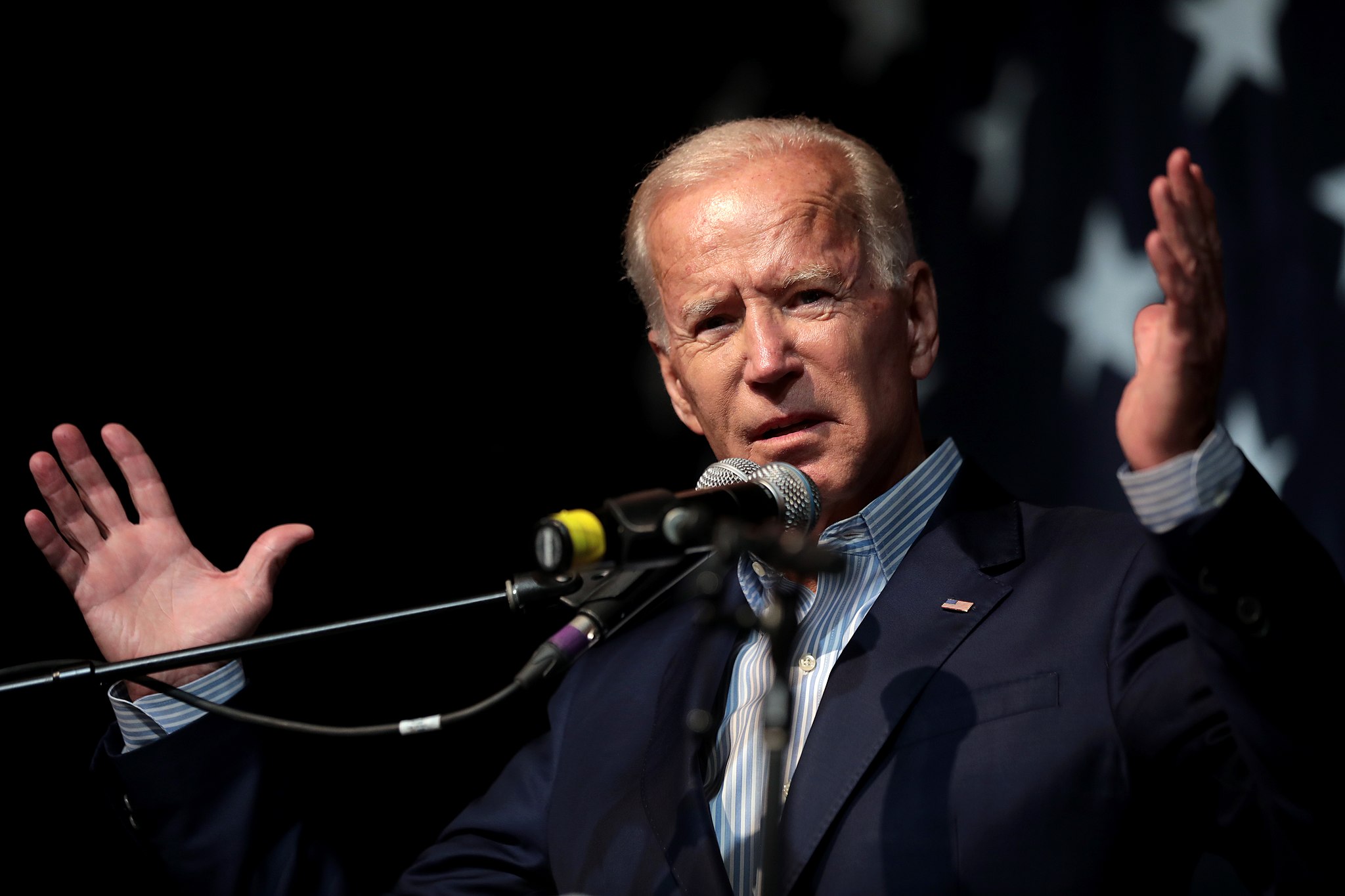Back in September, U.S. District Judge David A. Ezra, who was appointed by Ronald Reagan, made a significant ruling regarding the buoys placed in the Rio Grande. Judge Ezra’s decision hinged on the belief that these buoys were likely obstructing the flow of the Rio Grande in a manner that required congressional approval. This perspective was based on the 1899 Rivers and Harbors Appropriation Act, a law stipulating that federal authorization is necessary for any obstructions constructed in navigable waters.
Texas Governor Abbott expressed strong disagreement with the circuit court’s decision, deeming it entirely incorrect. He, along with Texas Attorney General Ken Paxton, announced their intention to pursue an immediate en banc hearing. Such a hearing would involve all the judges on the court reevaluating the case. Governor Abbott even asserted that they would escalate the matter to the Supreme Court (SCOTUS) if necessary, underlining their commitment to protecting Texas from what they perceived as lax border security policies under the Biden administration.
Following Judge Ezra’s initial ruling, the 5th Circuit, widely regarded as one of the most conservative appeals courts in the nation, imposed a temporary stay to allow further assessment of the case.
The presence of these buoys had ignited controversy, drawing criticism from Texas’s Democratic lawmakers and human rights advocates. They contended that the buoys posed a danger to migrants crossing the river to seek asylum. Tragically, Texas state troopers discovered a deceased individual caught in the buoys in early August. Furthermore, the Mexican government voiced its objections, asserting that the buoys violated international water rights.
The barrier in question is a component of Governor Abbott’s expansive state-led initiative known as Operation Lone Star, which has been ongoing for over two years. This program seeks to harness the administrative authority of the state to manage the influx of migrants into Texas. Governor Abbott and fellow Republicans argue that the barrier serves as a critical defense against an unmanageable surge of migrants attempting to cross. In legal proceedings, their team has also argued that the Rio Grande cannot be classified as navigable, given the absence of commercial traffic, thus negating the need for federal authorization under the aforementioned law regarding obstructing regulated waterways.





